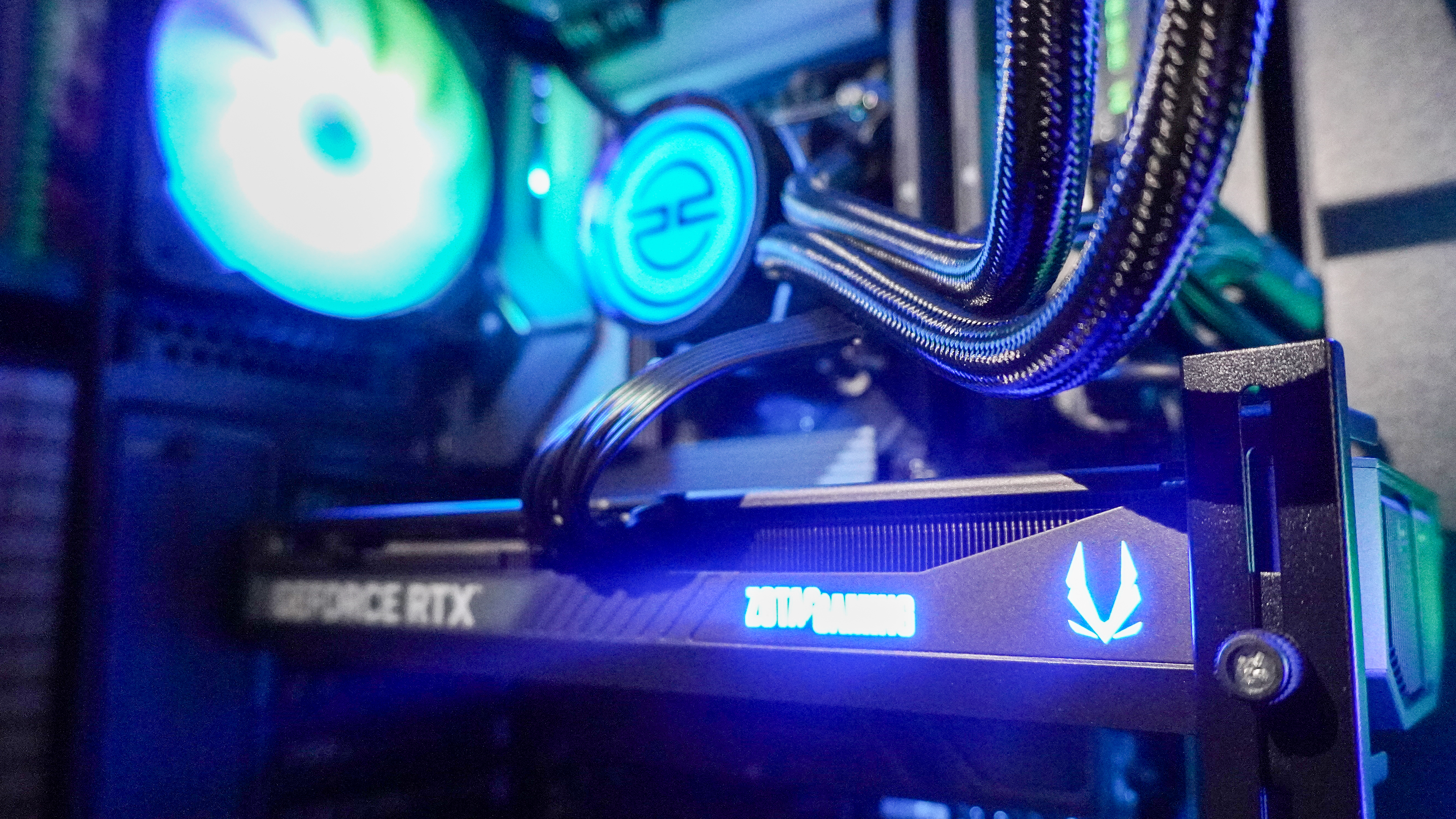7 ways to get rid of pigeons and keep them out of your yard
Banish pigeons from your yard forever
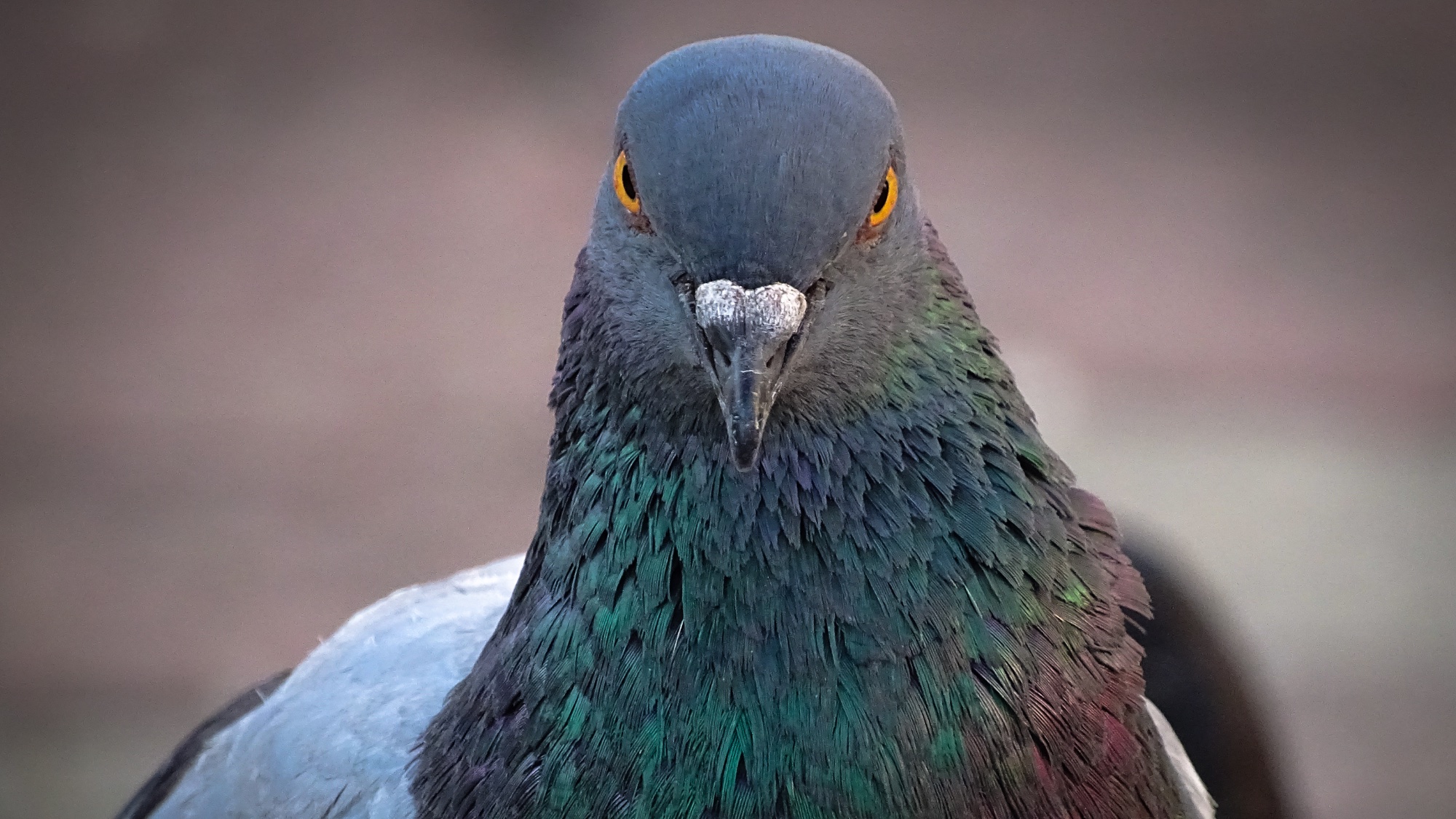
Pigeons, members of the dove family, are naturally beautiful birds – plump with bright iridescent plumage that reflects colors from magenta to blue-green. While their sociable, friendly personalities and soothing coos can be cute to observe in the park, you don’t want them hanging out near your home or business. We all know why.
Pigeons often roost in large flocks and that can get messy. They tend to congregate on rooftops and eaves and defecate on everything below them. Their droppings are slippery, which can make sidewalks, decks, porches and other areas hazardous. Pigeon feces are highly acidic and can be corrosive to surfaces like cars, buildings, paint, siding, vegetation and landscaping. They can also coat the solar panels on your roof and prevent them from working properly.
An accumulation of pigeon droppings also can carry diseases like histoplasmosis, cryptococcosis, and psittacosis, which can be harmful or life-threatening to infants and people with asthma or weakened immune systems. Their nests can cause water backup and flooding or block chimneys and flues to precipitate a buildup of poisonous gasses or a fire risk. Those are the main reasons why people avoid roosting pigeons near home or work.
Here are seven ways to mitigate the less desirable aspects of pigeons, while treating these bright peaceful birds with the respect and humanity that all sentient creatures deserve. You might also be interested in 7 hacks to stop birds from pooping on your patio.
1. Keep it clean
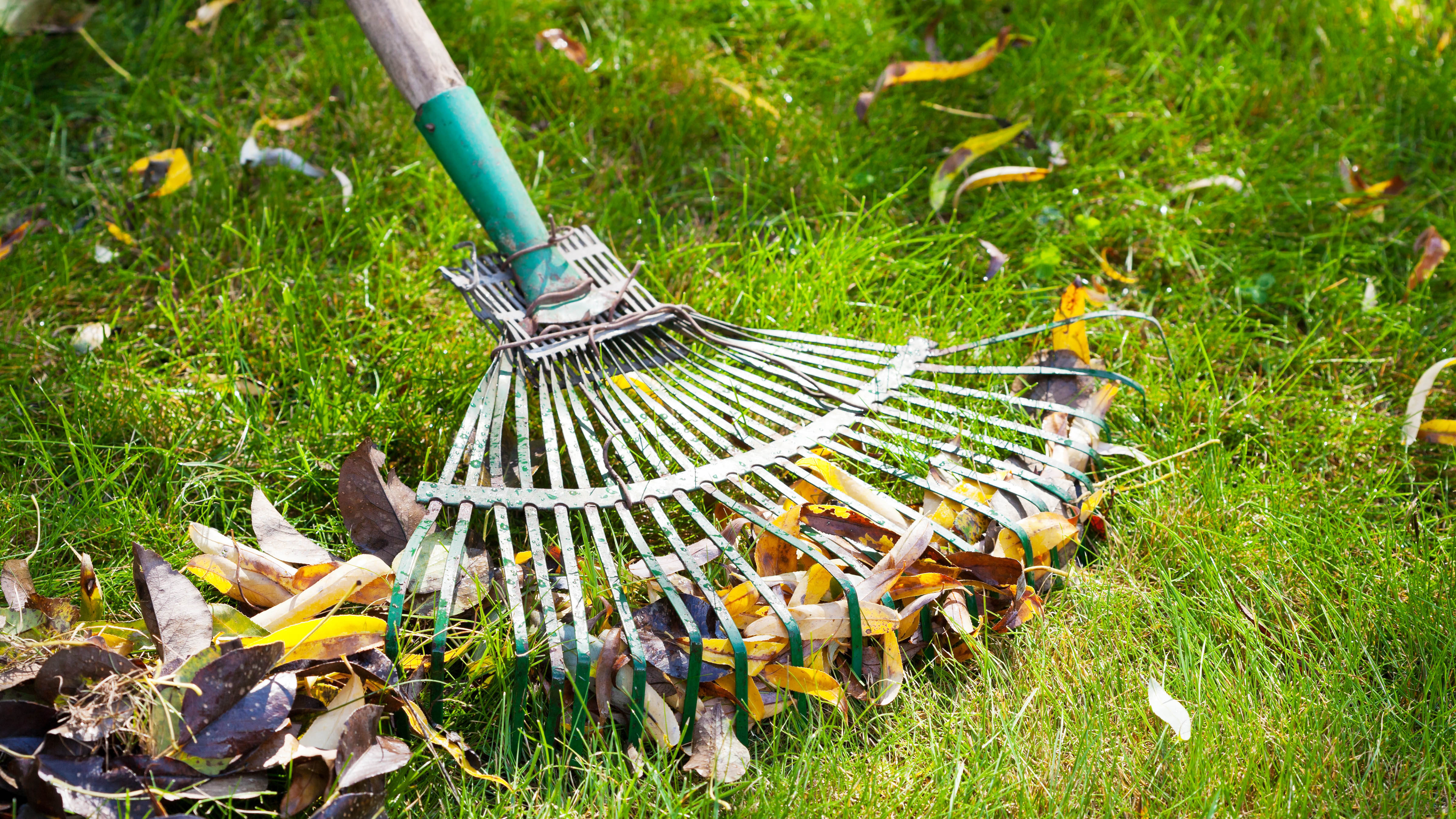
Like all birds, pigeons love and need to eat, and they’re excellent at finding sources of nourishment without human intervention. Do not feed pigeons because if they find food on your property, they will keep coming back for more. Seal your outdoor trash cans, recycling bins, and compost receptacles. Keep your property neatly swept and free of human or pet food and debris, leftovers from outdoor parties and barbecues, songbird seeds, fruit, berries, and olives that may drop to the ground from nearby trees.
If you like to feed your neighborhood songbirds, make sure you use a pigeon proof bird feeder like the Gray Bunny Wild Bird Feeder ($24, Amazon) and other cage styles, which also prevent squirrels, mice, and rats from eating songbird food. If you can’t keep pigeons away from the songbird feeder, remove it entirely until your pigeon issue is under control.
2. Bird control spikes
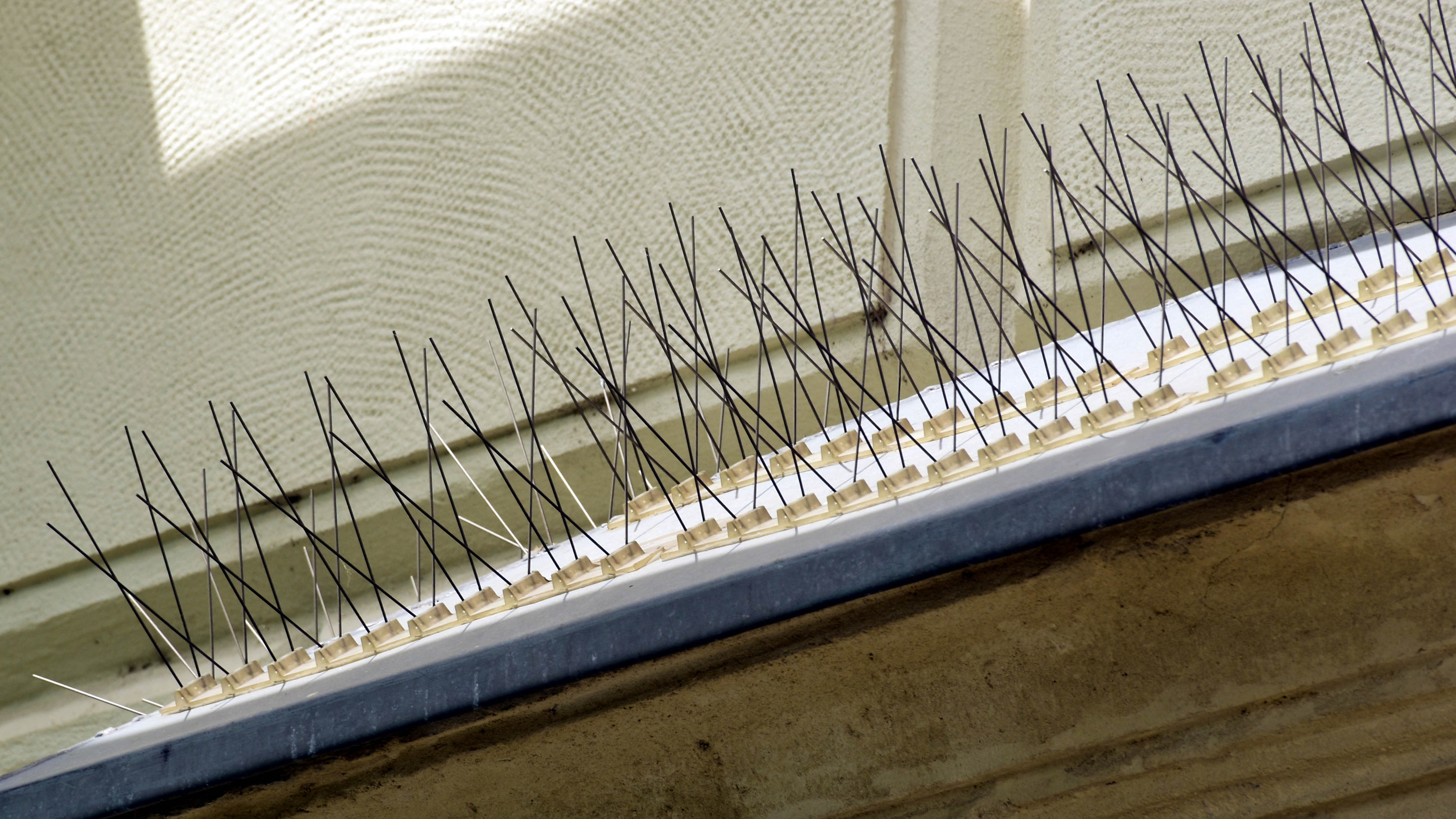
Pigeons like to be comfortable to roost, fashion their nests, and lay eggs and that requires flat surfaces. Bird control spikes ensure that they do not achieve that comfort level. Bird spikes, available at most garden centers or hardware stores, come in various sizes and lengths and their purpose is to reduce the area that birds can land on and make themselves at home, thus driving them away from your home or business. Bird spikes are thin, pointy metal, aluminum, or plastic rods that stick up vertically from a flat base. They prevent birds from getting a stable footing on any surface, forcing them to move elsewhere.
Sign up to get the BEST of Tom's Guide direct to your inbox.
Get instant access to breaking news, the hottest reviews, great deals and helpful tips.
Birds that try to land on spiked surfaces like the Lanney Bird Spikes ($21, Amazon), receive a light prick from one or more of the spikes, which is designed to be uncomfortable but not harmful. They should be placed along flat surfaces like ledges, walls, signage, fences or street cameras where birds perch or nest. They should be laid out to cover the entire area to prevent birds from finding a spike-free spot.
Bird spikes are low-maintenance, but you should check periodically to ensure they remain securely fastened and to clear off any debris, leaves, feathers or dirt that may accumulate over time. Most pigeons will perceive the spikes ahead of time and won’t even try to land on them, but you can opt for plastic or rubber spikes with rounded tips instead of pointier metal ones if you’re concerned about causing the birds more discomfort than necessary.
Alternately for more contained areas, you can spread out a Slinky toy instead of spikes along your handrail or ledge setting the coils about 1.5 inches apart and securing it with wire or duct tape.
3. Bird netting
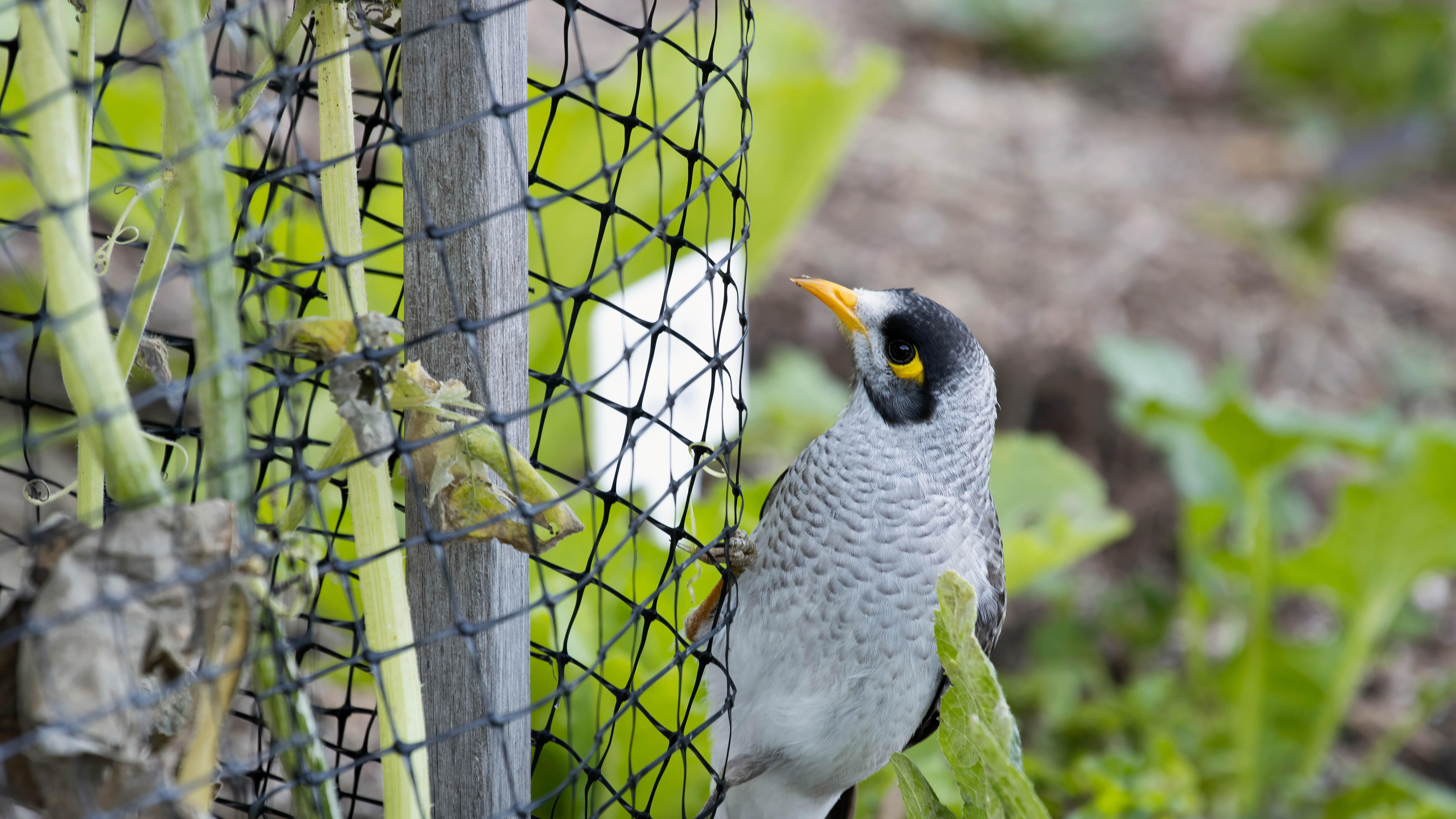
Bird netting is one of the most effective ways of bird proofing buildings and other structures. It provides an impenetrable barrier without harming wildlife. Bird netting is exactly what it sounds like, a mesh covering that allows you to block birds from entering places you don’t want them to go, such as inside a building or external nooks and crannies under air conditioning units or on awning support beams where pigeons perch or lay their eggs.
Netting comes in a variety of shapes and forms, but most commonly is available in small mesh squares made from polypropylene or woven polyethylene. You can buy them in either jumbo industrial rolls or smaller gardening packages in a variety of colors.
Mesh is a humane deterrent that’s flexible and aesthetically pleasing, held in place with hooks, staples, or wire. Pigeons may challenge the net at times, so keep your net maintained in good condition and properly in place.
4. Predator decoys
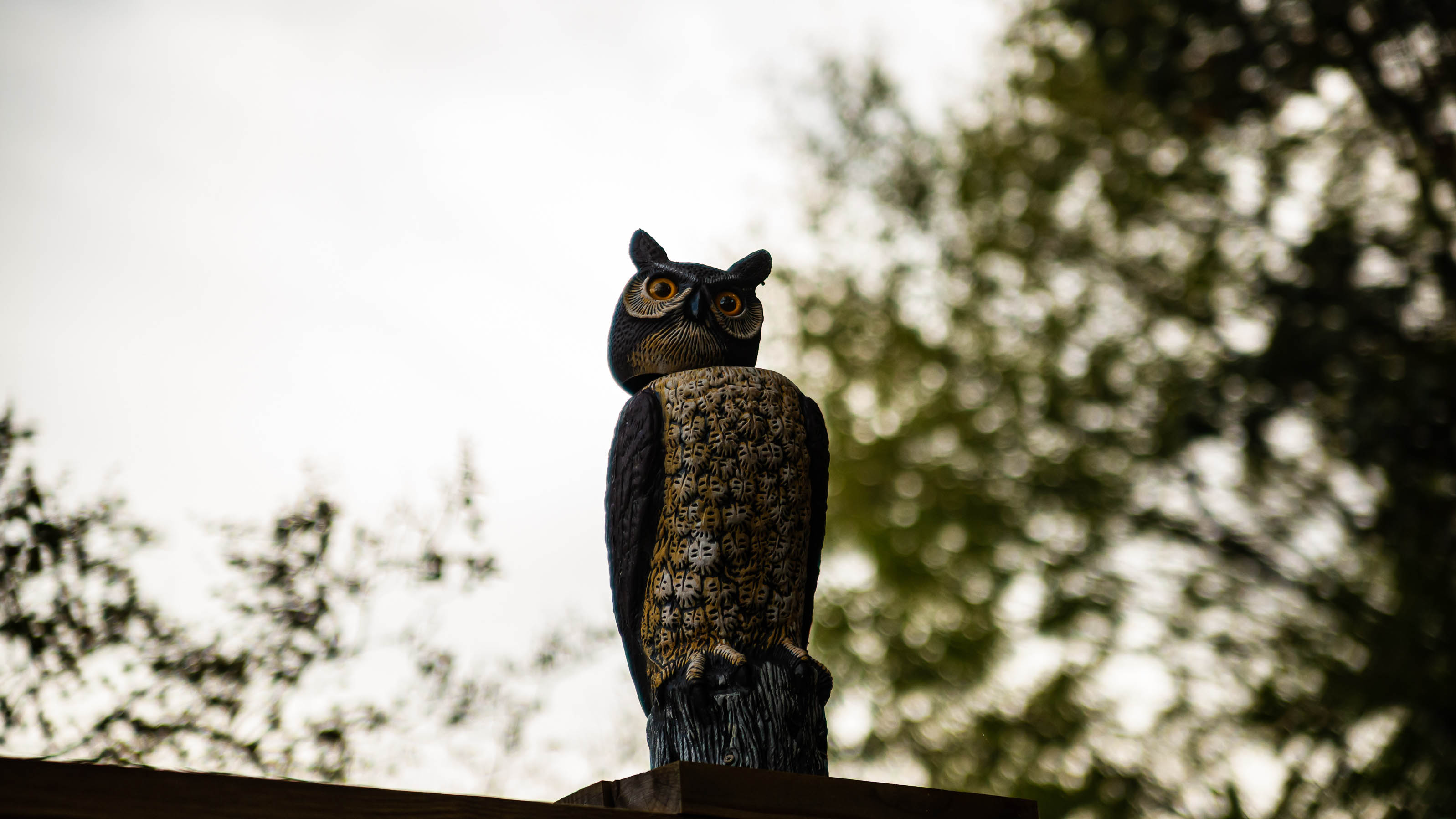
Pigeons fear their natural predators – owls and hawks – and they are quick to recognize them and keep their distance. Life size fake owls or hawks like the Hausse 2 Pack Bird Scarecrow Fake Owl Decoy Sculpture ($27, Amazon), complete with rotating heads, often seem to work well at keeping pigeons off your property – at least for a while. You may have to use more than one decoy at a location and you may have to move decoys around to make their hazard seem even more real.
Most people find that using realistic fake predators are helpful, but that this technique works best in combination with other methods to convince pigeons to roost elsewhere.
5. Reflective repellent discs
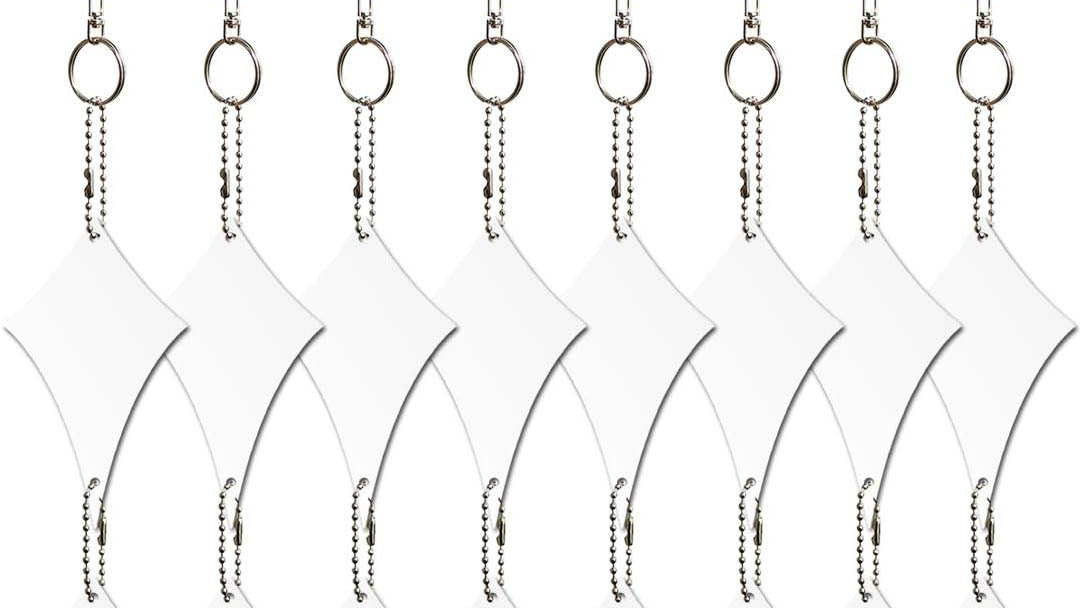
If you have some old CDs or DVDs lying around, you can find another reason to use them besides as coasters. You can build a simple reflective shiny disc ornament that reflects light in a way that scares off birds. The movement and shine of the discs distracts the birds’ vision, prohibiting them from landing properly.
These effective deterrents are easy and cheap to make. Just tie a long piece of yarn or twine through the center hole of the CD, leaving enough to make a long hanger that swivels around with the breeze. You can string several CDs together to make a longer, twirling detractor. Instead of tying the twine directly to the surface or plant, you can use holiday ornament hooks to attach them, which makes it easier to move them around where needed. If you don’t have these discs, products like Eacilles Reflective Discs ($9, Amazon), are available in multi-packs complete with hangers.
6. Reflective tape
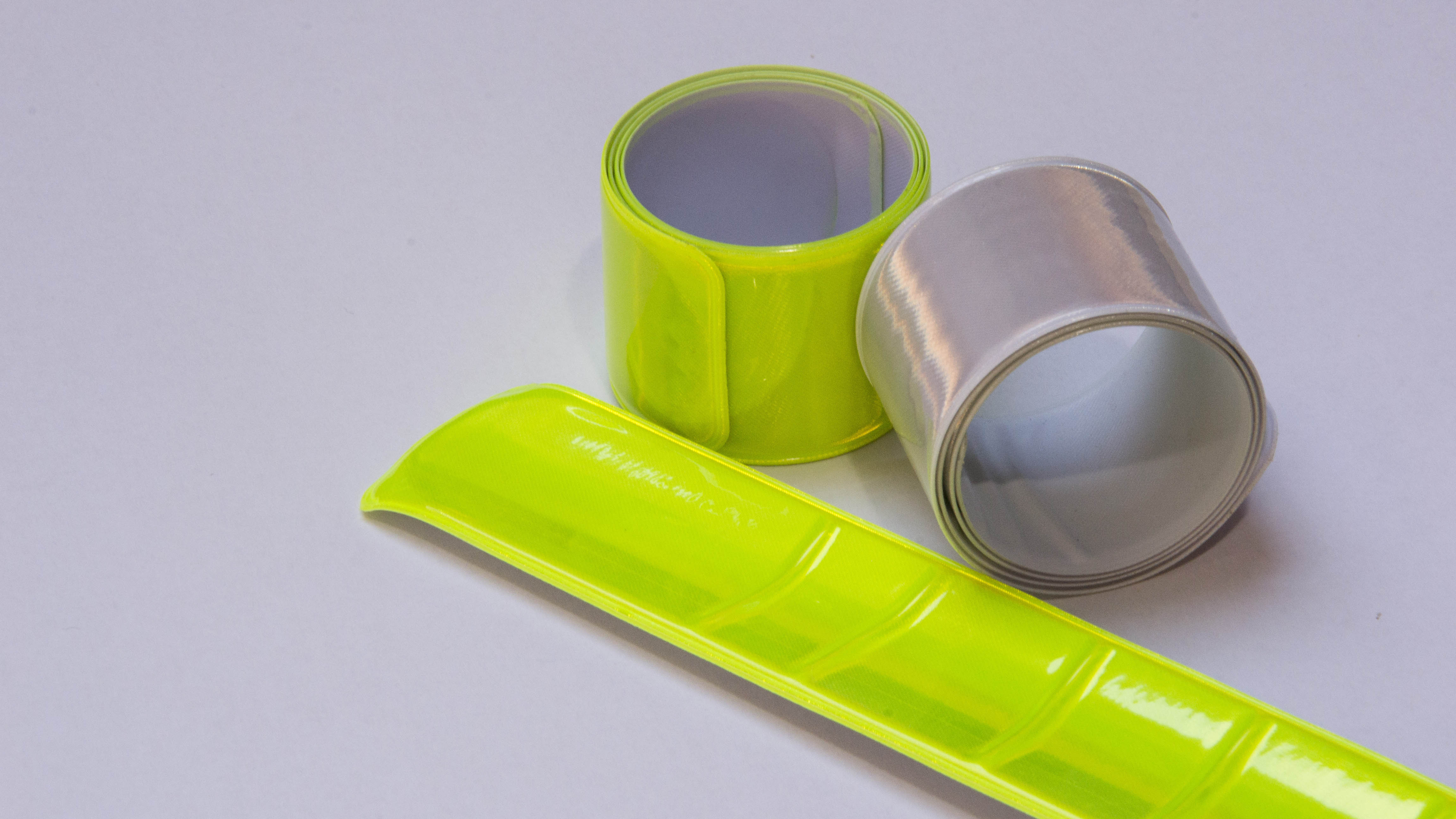
Reflective tape works on much the same concept as repellent discs – by distracting bird vision and discouraging landing any place it’s located. For surfaces where you know pigeons like to land – rooftops, balcony railings, window ledges – stick on waterproof reflective tape like this BERTAPES Yellow Reflective Tape ($9, Amazon).
It’s available in many sizes and colors so as to blend with your outdoor space’s aesthetics. As long as it’s reflective, it will help keep pigeons moving elsewhere.
7. Bird repellent gel
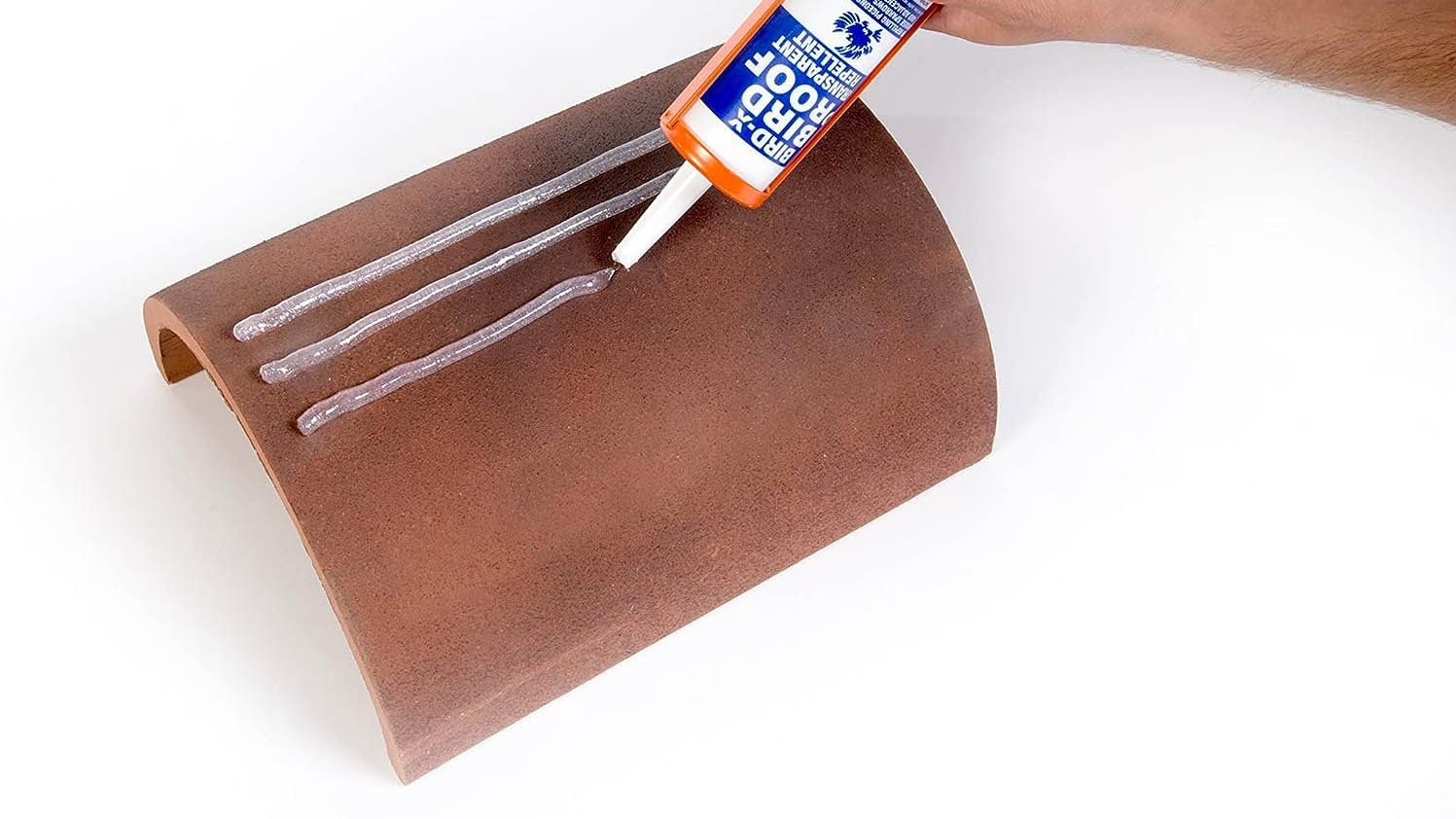
Bird repellent gel like the Bird-X 54-1 Proof Bird Repellent Gel ($9, Amazon), is an easy and affordable solution to pigeon population problems on your property. Apply the non-toxic sticky gel with a standard caulking gun to surfaces where you want to keep pigeons from landing.
Pigeons don’t like the feel of the gel because it’s sticky and makes them feel trapped, which scares them. The gel won’t actually trap the birds, but it will deter them from perching in an area where the gel is located.
What not to do when pigeons are in your yard
Whatever you do, do not poison pigeons in an effort to kill them off. For one thing, that will only encourage those remaining to reproduce at a faster rate – and their gestation period for multiple chicks is already a short 18 days. Further, introducing poison into the environment can have unintended consequences such as causing harm or death to other wildlife, domestic animals or people.
Now that you know how to get rid of pigeons humanely, you can try any of these methods alone or in combination for the best and safest outcome. You’ll be able to keep them away from your property for a long time while still enjoying them in their proper place.
More from Tom's Guide
Jackie is an obsessive, insomniac tech writer and editor in northern California. A wildlife advocate, cat fan, and photo app fanatic, her specialties include cross-platform hardware and software, art, design, photography, video, and a wide range of creative and productivity apps and systems. Formerly senior editor at Macworld and creativity editor at The Next Web, Jackie now writes for a variety of consumer tech publications.

